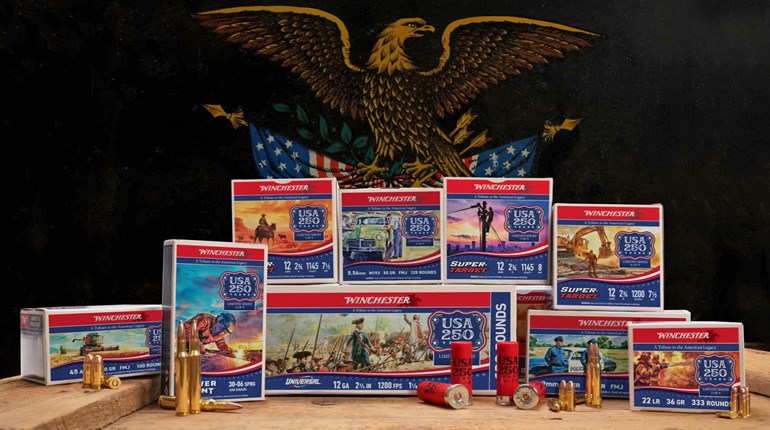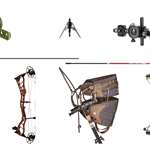
We gunners like to think of ourselves as very precise and accurate, especially when we talk of guns and such. Much froth and furor are put forth when we hear someone say “assault weapon” instead of “semi-auto rifle,” or “clip” when they mean “magazine,” or “bullet” when referring to a “cartridge.” The misidentifying examples are almost endless. But we are guilty of at least one mischaracterization as well. And that is the so-called “expanding bullet.”
Bullets do not expand upon impact. They deform—or more accurately rivet—when they encounter a resistance at terminal velocity. Balloons expand when air is blown into them. Wound cavities expand when bullets transfer their kinetic energy into a target. But bullets do not expand. Occasionally the word “mushroom” is applied to a riveting bullet. This, too, is misleading, since “mushrooming” describes more of an eruption rather than riveting.
During the muzzleloading era guns fired lead spheres known commonly as a ball. Throughout the literature of the day the lead spheres shot from rifles, pistols and canons were referred to as balls. Our term bullet is derived from the French word boulette—meaning “canon ball” or “small ball,” circa 1550 A.D. These largely pure-lead round balls often flatten to one degree or another on impact. Seldom is this phenomenon referred to as “expanding” or “mushrooming.”
I rather doubt that my little blog is going to change the lexicon of the day, especially since I have referred to bullets expanding thousands of times during my writing career. But in the interest of accuracy, we should realize that current terminology does not properly describe the observable fact of a bullet deforming upon impact.



































